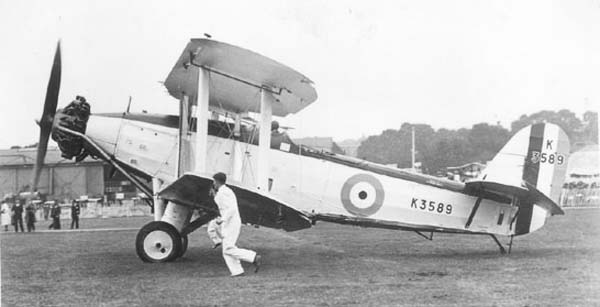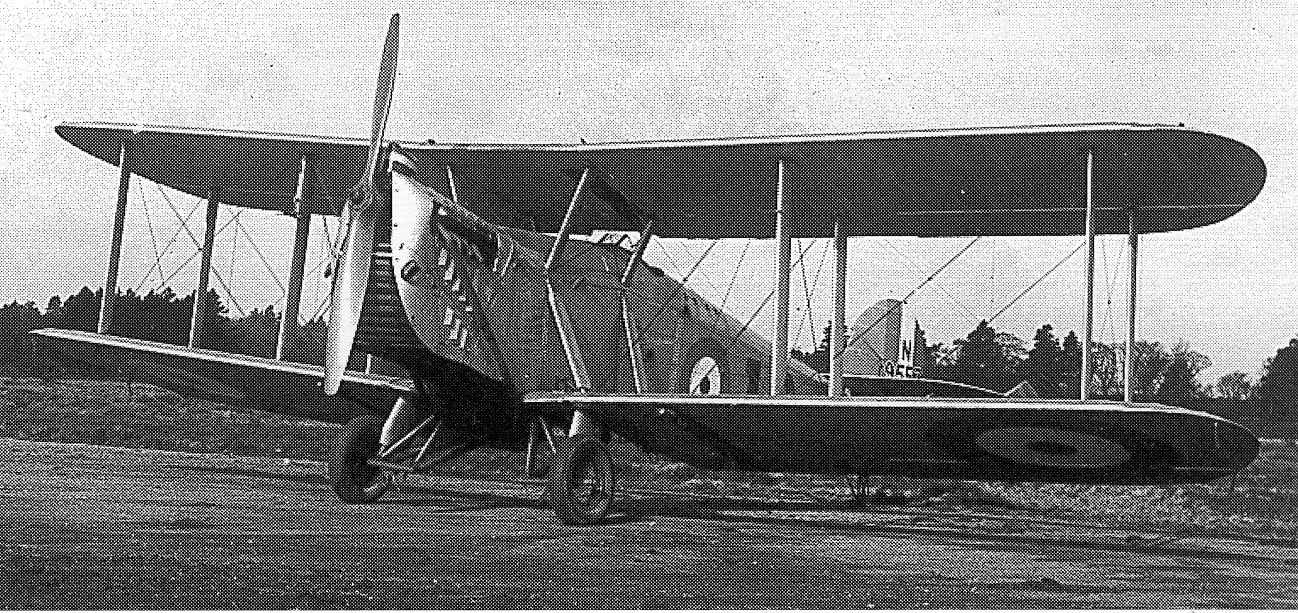|
List Of Torpedo Bombers
This is a list of torpedo bomber aircraft, designed or adapted to carry a primary weapon load of one or more aerial torpedoes in an anti-shipping role. It does not include types equipped for the more general anti-submarine warfare (ASW) role. __TOC__ Torpedo bombers , - , AD Seaplane Type 1000 , , UK , , , , 1916 , , Prototype , , 2 , , , - , Aeromarine 700 , , US , , , , 1917 , , Prototype , , 2 , , , - , Aichi AB-8 , , Japan , , , , 1933 , , Prototype , , 1 , , , - , Aichi B7A ''Grace'' , , Japan , , , , 1942 , , Out of service , , 114 , , , - , Albatros W.3 , , Germany , , , , 1916 , , Prototype , , 1 , , , - , Albatros W.5 , , Germany , , , , 1916 , , Out of service , , 5 , , , - , Arado Ar 95 , , Germany , , , , 1936 , , Out of service , , 42 , , , - , Arado Ar 195 , , Germany , , , , 1937 , , Out of service , , 3 , , , - , Armstrong Whitworth A.W.19 , , UK , , , , 1934 , , Prototype , , 1 , , ... [...More Info...] [...Related Items...] OR: [Wikipedia] [Google] [Baidu] |
Sopwith Cuckoo
The Sopwith T.1 Cuckoo was a British biplane torpedo bomber used by the Royal Naval Air Service (RNAS), and its successor organization, the Royal Air Force (RAF). The T.1 was the first landplane specifically designed for carrier operations, but it was completed too late for service in the First World War. After the Armistice, the T.1 was named the Cuckoo.Davis 1999, p. 123. Design and development In October 1916, Commodore Murray Sueter, the Air Department's Superintendent of Aircraft Construction, solicited Sopwith for a single-seat aircraft capable of carrying a 1,000 lb torpedo and sufficient fuel to provide an endurance of four hours. The resulting aircraft, designated T.1 by Sopwith,Robertson 1970, p. 125. was a large, three-bay biplane. Because the T.1 was designed to operate from carrier decks, its wings were hinged to fold backwards. The T.1 could take off from a carrier deck in four seconds, but it was not capable of making a carrier landing and no arresting gear ... [...More Info...] [...Related Items...] OR: [Wikipedia] [Google] [Baidu] |
Blackburn Baffin
The Blackburn B-5 Baffin biplane torpedo bomber designed and produced by the British aircraft manufacturer Blackburn Aircraft. It was a development of the Ripon, the chief change being that a 545 hp (406 kW) Bristol Pegasus I.MS radial engine had replaced the Ripon's Napier Lion water-cooled inline engine. The Baffin was designed by Major F A Bumpus and was initially pursued as a private venture. It was a conventional two-seat single-bay biplane of mixed metal and wooden construction with fabric covering. It had swept, staggered, equal-span wings, the lower having an inverse gull to provide clearance for the torpedo while retaining a short undercarriage. The engine was shifted forwards in comparison to that of the Ripon to retain its centre of gravity. Armament comprised a single fixed-position forward-firing 0.303 in (7.7 mm) Vickers machine gun and one free-mounted .303 in (7.7 mm) Lewis gun in the rear cockpit, plus one 2,000 lb (910 k ... [...More Info...] [...Related Items...] OR: [Wikipedia] [Google] [Baidu] |
Blackburn Velos
The Blackburn T.3 Velos was a 1920s British two-seat coastal defence seaplane built by Blackburn Aeroplane & Motor Company Limited, Brough Aerodrome and the Greek National Aircraft Factory. Design and development The basic design of the Blackburn Dart was developed into a two-seater to meet a Greek Navy requirement for a coastal defence seaplane. The aircraft became the T.3 Velos, a twin-float seaplane. The Velos differed from the standard Dart T.2 in having a two-seat cockpit with a rear-mounted .303 in (7.7 mm) Lewis Gun, an increased weapons load with four 230 lb (104 kg) bombs mounted under the wings and provisions to fly as either a seaplane with floats or with a conventional undercarriage. In 1925, a small batch of four aircraft was built at Brough Aerodrome for the Greek Navy. Later in the same year, the aircraft was chosen to be the first licence-built aircraft in Greece, in a factory built by Blackburn and operated under a five-year contract. The ... [...More Info...] [...Related Items...] OR: [Wikipedia] [Google] [Baidu] |
Blackburn Swift
The Blackburn Dart was a carrier-based torpedo bomber biplane designed and manufactured by the British aviation company Blackburn Aircraft. It was the standard single-seat torpedo bomber operated by the Fleet Air Arm (FAA) between 1923 and 1933. Work on what would become the Dart started in 1919 as a private venture. Originally known as the ''T.1 Swift'', it performed its maiden flight in September 1920. Three aircraft were ordered for evaluation purposes to fulfil Air Ministry Specification 3/20, which received the name ''Dart''. First flown in October 1921, its performance quickly impressed officials and a production order was issued to Blackburn on behalf of the FAA. The ''Swift'' name was retained for the pursuit of export sales. Limited quantities were supplied to multiple overseas operators, including the Japanese Navy, Spanish Navy, and the United States Navy. Additionally, Greece opted to procure a modified seaplane variant of the aircraft, the Blackburn Velos, which wa ... [...More Info...] [...Related Items...] OR: [Wikipedia] [Google] [Baidu] |
Blackburn Shark
The Blackburn Shark was a carrier-borne torpedo bomber designed and built by the British aviation manufacturer Blackburn Aircraft. It was originally known as the Blackburn T.S.R., standing for ''torpedo-spotter-reconnaissance'', in reference to its intended roles. The Shark was the last of Blackburn's biplane torpedo bombers. The prototype Shark performed its maiden flight on 24 August 1933, the first production aircraft was introduced to service during the following year. It was operated by the Fleet Air Arm, Royal Canadian Air Force, Portuguese Navy, and the British Air Observers' School. By 1937, the Shark was already approaching obsolescent and replacement by the more capable Fairey Swordfish began during the following year. Despite this, numerous aircraft continued to be operated during the Second World War, largely being confined to secondary roles away from the front lines, such as training and target tug duties. Despite this, Sharks were repeatedly deployed in frontline r ... [...More Info...] [...Related Items...] OR: [Wikipedia] [Google] [Baidu] |
Blackburn Ripon
The Blackburn T.5 Ripon was a carrier-based torpedo bomber and reconnaissance biplane designed and produced by the British aircraft manufacturer Blackburn Aircraft. It was the basis for both the license-produced Mitsubishi B2M and the improved Blackburn Baffin. The Ripon was designed as a successor to the Blackburn Dart torpedo bomber as well as a long-range reconnaissance aircraft to fulfil Air Ministry Specification 21/23. The first prototype made its maiden flight on 17 April 1926, it was subsequently redesigned with a more effective engine installation, an enlarged rudder and increased wing sweepback. It was originally ordered into production for the Fleet Air Arm (FAA), which primarily operated the type as a torpedo bomber. The Ripon was operated by the FAA between 1930 and 1935, after which point it was withdrawn in favour of the Blackburn Baffin, which was an improved derivative of the Ripon. It was also produced overseas in Finland; many of the Ripons in service with t ... [...More Info...] [...Related Items...] OR: [Wikipedia] [Google] [Baidu] |
Blackburn Kangaroo
The Blackburn R.T.1 Kangaroo was a British twin-engine reconnaissance torpedo biplane of the First World War, built by Blackburn Aircraft. World War I In 1916, the Blackburn Aircraft Company designed and built two prototypes of an anti-submarine floatplane designated the Blackburn G.P. or Blackburn General Purpose. It was not ordered but Blackburn developed a landplane version as the Blackburn R.T.1 Kangaroo (Reconnaissance Torpedo Type 1), reflecting the Air Board's growing interest in using landplanes rather than floatplanes for convoy escort and anti-submarine patrol duties, with operations not being limited by poor sea conditions, and giving better performance than seaplanes. The Kangaroo was a twin-engine tractor biplane of wood and fabric construction. It had four-bay wings with a large upper-wing overhang which could fold for ease of storage. The first aircraft was delivered to Martlesham Heath in January 1918. Test results were disappointing, with the rear fuselage ... [...More Info...] [...Related Items...] OR: [Wikipedia] [Google] [Baidu] |
Blackburn G
Blackburn () is an industrial town and the administrative centre of the Blackburn with Darwen borough in Lancashire, England. The town is north of the West Pennine Moors on the southern edge of the River Ribble, Ribble Valley, east of Preston, Lancashire, Preston and north-northwest of Manchester. Blackburn is the core centre of the wider unitary authority area along with the town of Darwen. It is one of the largest districts in Lancashire, with commuter links to neighbouring cities of Manchester, Salford, Greater Manchester, Salford, Preston, Lancashire, Preston, Lancaster, Lancashire, Lancaster, Liverpool, Bradford and Leeds. At the United Kingdom Census 2011, 2011 census, Blackburn had a population of List of urban areas in England by population, 117,963, whilst the wider borough of Blackburn with Darwen had a population of List of English districts by population, 150,030. Blackburn had a population of 117,963 in 2011, with 30.8% being people of ethnic backgrounds other ... [...More Info...] [...Related Items...] OR: [Wikipedia] [Google] [Baidu] |





